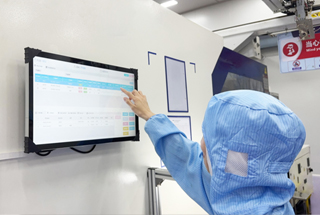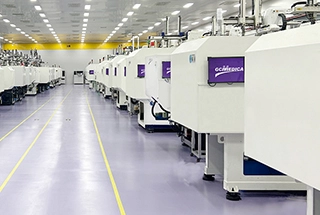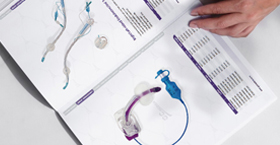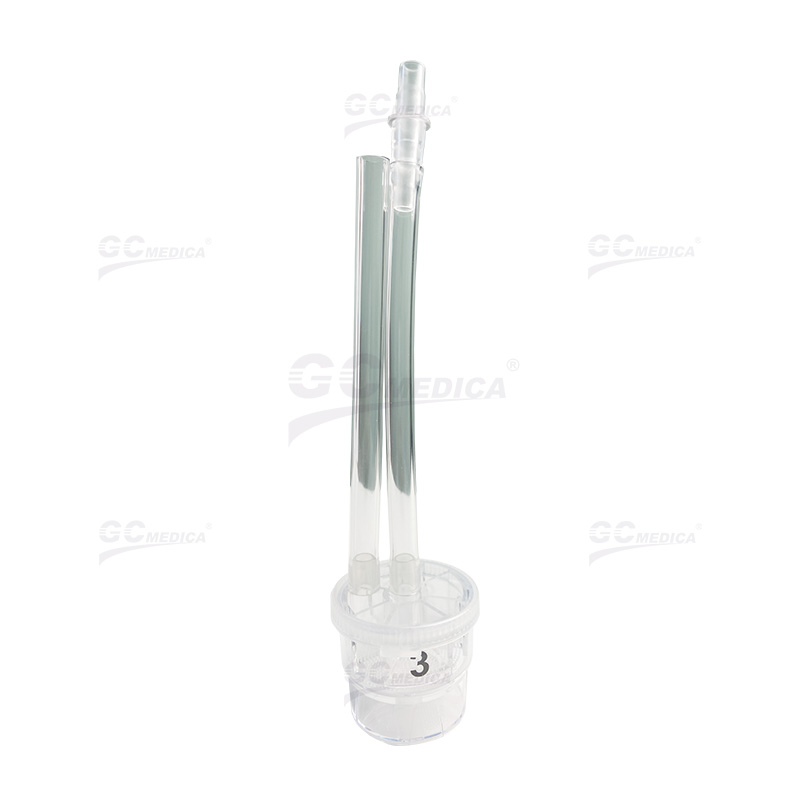Polyp traps are specialized devices designed to capture and contain resected colorectal polyps during colonoscopy procedures. Their primary purpose is to ensure safe retrieval of polyps for histopathological examination while minimizing the risk of losing specimens or contaminating the endoscopic channel. By integrating a collection chamber between the working channel of the endoscope and the suction line, polyp traps streamline workflow, improve diagnostic accuracy, and reduce potential complications associated with polyp retrieval.
During polypectomy, small fragments or whole polyps can be aspirated inadvertently into the suction system, leading to loss of critical tissue or contamination of the endoscope. Polyp traps address this by providing a detachable, transparent reservoir where resected tissue is collected in fluid. After the procedure, the trap can be sealed and sent directly to the pathology lab, preserving specimen integrity and simplifying laboratory handling. In addition to standard single-use traps, there are reusable models made of autoclavable materials, though disposables are generally preferred to eliminate cross‑contamination risks.
Below is a comparative overview of common polyp trap features:
| Feature | Disposable Trap | Reusable Trap | Inline Filter System |
|---|---|---|---|
| Material | Medical-grade polypropylene | Autoclavable silicone/POM | Stainless steel mesh |
| Capacity | 30–60 mL fluid/polyp volume | 50–80 mL | 20–40 mL |
| Compatibility | Standard endoscope channels | Certain endoscope models only | Built into suction tubing |
| Ease of Use | Pre‑sterilized, single pack | Requires cleaning & sterilization | Minimal assembly |
| Specimen Integrity | High transparency, minimal loss | Good, but risk if seal weak | Variable, small fragments may pass through mesh |
| Cost per Procedure | Low to moderate | Higher initial cost; lower per use over time | Low, but replacement filters needed |
| Infection Control | Eliminates cross‑patient risk | Needs strict sterilization protocol | Moderate, depends on filter change frequency |
| Environmental Impact | Generates more waste | More sustainable if properly reused | Moderate waste from filters |
By selecting the appropriate trap type, endoscopy units can balance cost, environmental considerations, and clinical needs. Disposable traps are often favored for their simplicity and guaranteed sterility, making them ideal in high‑volume centers and settings with stringent infection‑control policies. Reusable traps, while more eco‑friendly and cost‑effective long‑term, demand rigorous reprocessing procedures to avoid cross‑contamination. Inline filter systems offer minimal setup and may suit clinics performing fewer polypectomies, though their lower capacity and potential for small-fragment leakage must be weighed.
Ultimately, the choice of polyp trap should consider procedure volume, staffing and sterilization capacity, budget constraints, and institutional infection‑control guidelines. Proper training in trap attachment, removal, and specimen handling is essential to maximize diagnostic yield and patient safety. Incorporating an effective polyp trapping strategy enhances overall colonoscopy quality, supports accurate pathology, and contributes to better colorectal cancer prevention efforts.
| Multi Chamber Polyp Trap > |


 Français
Français Español
Español Products
Products

 About Us
About Us












